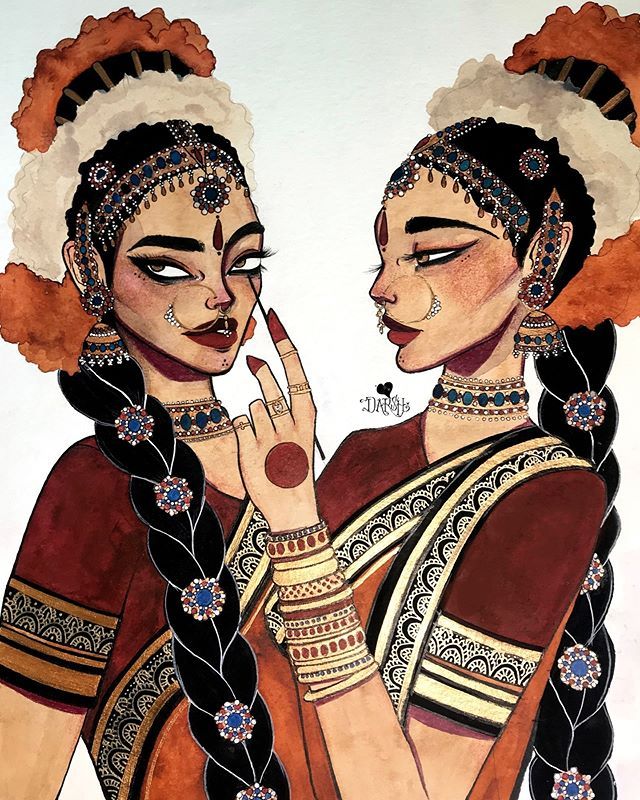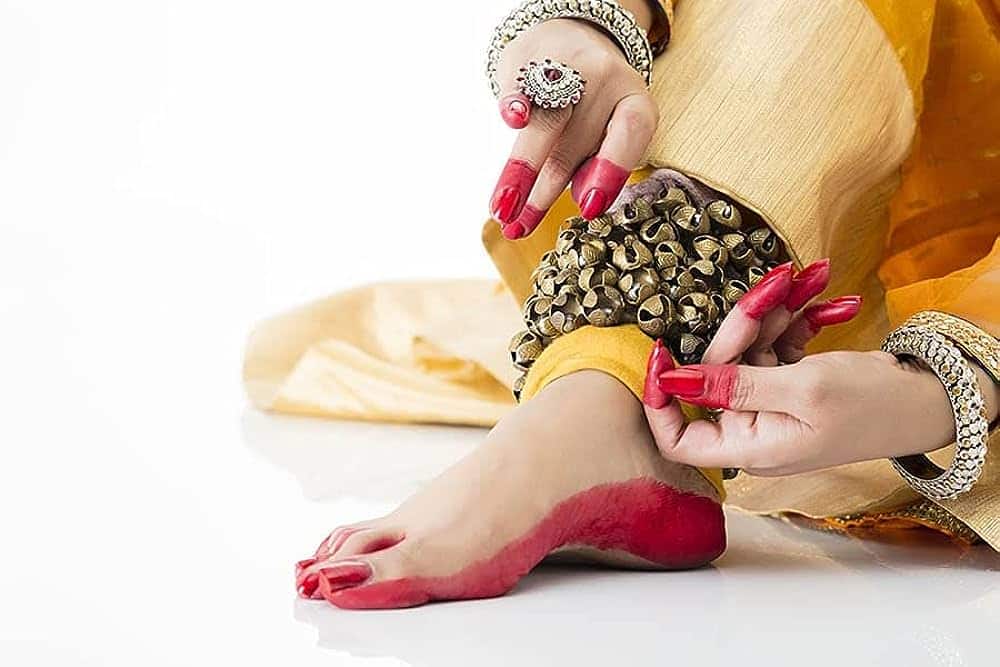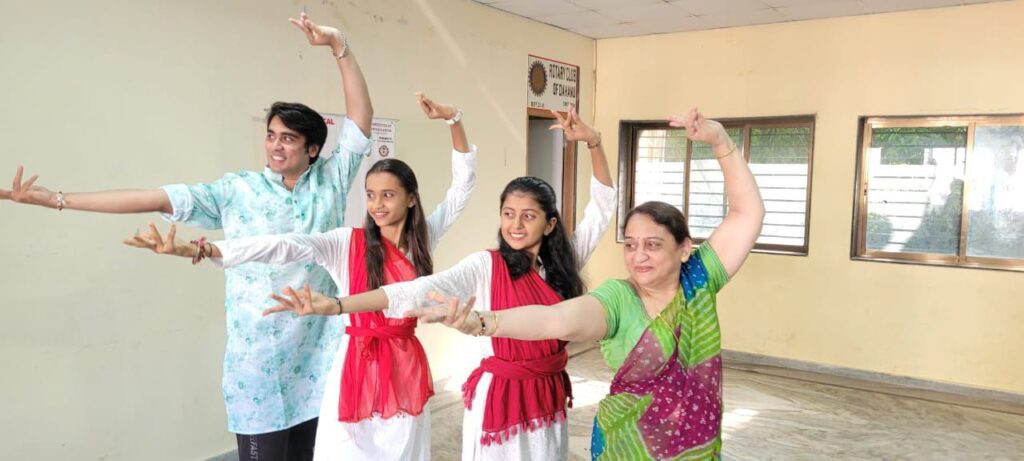Title: Exploring Bharata’s Rasa Theory: The Essence of Indian Aesthetics

Introduction: In the realm of aesthetics, few concepts hold as much significance and depth as Bharata Muni’s Rasa Theory. Rooted in ancient Indian philosophy and arts, this theory delves into the essence of human emotions, transcending cultural boundaries to offer profound insights into the nature of artistic expression. In this exploration, we journey through the rich tapestry of Bharata’s Rasa Theory, uncovering its relevance, intricacies, and enduring impact on Indian art and culture. Understanding Rasa: At the heart of Bharata’s theory lies the concept of “Rasa,” which translates to “essence” or “juice” in Sanskrit. Rasa represents the emotional flavor or sentiment evoked by a work of art, whether it be a play, poem, dance, or music composition. These emotions range from love (shringara) and valor (veera) to compassion (karuna) and humor (hasya), encompassing the entire spectrum of human experience. The Natyashastra: Bharata Muni’s seminal work, the Natyashastra, serves as the cornerstone of Indian performing arts and aesthetics. Comprising over 6,000 verses, this ancient treatise provides a comprehensive guide to drama, dance, and music, elucidating the principles of performance, storytelling, and audience engagement. Central to the Natyashastra is the concept of Rasa, which Bharata meticulously analyzes and elaborates upon. The Eight Rasas: Bharata categorizes Rasa into eight primary emotions, each associated with a specific mood, sentiment, and aesthetic experience. These Rasas include: 1. Shringara (Love/Beauty) 2. Hasya (Humor) 3. Karuna (Compassion) 4. Raudra (Anger) 5. Veera (Valor) 6. Bhayanaka (Fear) 7. Bibhatsa (Disgust) 8. Adbhuta (Wonder) Each Rasa is not merely an emotion but a transformative experience that transports the audience into the world of the performance, eliciting a profound emotional response and aesthetic appreciation. The Role of Bhava and Vibhava: In addition to Rasas, Bharata identifies “Bhavas” (emotional states) and “Vibhavas” (stimuli or causes) as essential components of artistic expression. Bhavas are the internal emotions experienced by the characters, while Vibhavas are the external factors that trigger these emotions. Together, they form the emotional landscape of the narrative, guiding the audience on a journey of catharsis and enlightenment. The Process of Rasa Transmission: According to Bharata, the transmission of Rasa occurs through a complex interplay of various elements, including the performer (actor/dancer/musician), the performance itself, and the receptive spectator (audience). Through mastery of technique, expression, and emotional resonance, the artist becomes a conduit for Rasa, channeling the essence of human experience into the artistic medium and captivating the audience’s imagination. The Universal Appeal of Rasa: While rooted in Indian culture and tradition, Bharata’s Rasa Theory transcends geographical and temporal boundaries, resonating with audiences across the globe. Its universal principles of emotional resonance, aesthetic appreciation, and spiritual elevation continue to inspire artists, scholars, and enthusiasts worldwide, fostering a deeper understanding of the human condition and the transformative power of art. Conclusion: Bharata Muni’s Rasa Theory stands as a testament to the timeless wisdom and artistic genius of ancient India. Through its profound insights into the nature of emotion, expression, and aesthetic experience, this theory illuminates the path towards a deeper appreciation of the arts and a more profound connection with the essence of humanity. As we continue to explore the depths of Bharata’s Rasa Theory, we embark on a journey of discovery, enlightenment, and boundless creativity, enriching our lives and enriching the world around us.
Dance Techniques Demystified: Unveiling the Artistry and Skill Behind the Moves

Dance is a universal language that speaks to the soul, conveying emotions, stories, and creativity through movement. Behind the mesmerizing performances lie a plethora of dance techniques, each with its unique style, history, and nuances. In this blog post, we embark on a journey to demystify these techniques, offering insights into the artistry and skill that bring dance to life. “Dancing is creating a sculpture that is visible only for a moment.” 1. Breaking Down Ballet:Ballet, known for its grace and precision, encompasses various techniques like classical, neoclassical, and contemporary ballet. Explore the intricate footwork, positions, and leaps that define this centuries-old art form. 2. Unleashing the Power of Hip-Hop:Hip-hop dance techniques burst with energy and urban flavor. Learn about popping, locking, breaking, and freestyling – each with its rhythm, attitude, and foundation in street culture. 3. The Elegance of Contemporary Dance:Contemporary dance techniques push boundaries by blending different styles. Delve into fluid movements, emotional expression, and the fusion of ballet, jazz, and modern dance. 4. Tapping into Rhythm:Tap dance is a percussive wonder, combining footwork with musicality. Discover the techniques behind creating intricate rhythms and harmonies using taps on shoes. 5. Kathak’s Expressive Footwork:Kathak, a classical Indian dance, is renowned for its intricate footwork and storytelling. Explore how footwork becomes a language in itself, conveying emotions and tales. 6. Flamenco’s Passionate Stance:The techniques of Flamenco dance showcase fiery foot stomping, fluid arm movements, and passionate expressions. Uncover the techniques that embody the soul of Spanish culture. 7. Embodying Character in Jazz Dance:Jazz dance techniques capture versatility and individuality. From isolations to leaps, learn how dancers use these techniques to embody various characters and moods. 8. Salsa’s Synchronic Moves:Salsa dance is a partner-oriented style that requires seamless coordination. Dive into the techniques that enable dancers to move as one, expressing the vibrant spirit of Latin music. 9. Precision in Ballroom Dancing:Ballroom dance techniques emphasize partnership and elegance. From waltz to cha-cha, understand how dancers maintain poise while executing intricate steps. 10. Bharatanatyam’s Sacred Form:Bharatanatyam, a classical South Indian dance, combines intricate footwork with storytelling hand gestures. Learn about the techniques that honor tradition and spirituality.Dance techniques are the heartbeats that resonate through every performance, connecting dancers to their art and audiences to their emotions. From the elegance of ballet to the rhythm of tap and the passion of Flamenco, each technique adds a layer of complexity and beauty to the world of dance. By understanding these techniques, we gain a deeper appreciation for the dedication, practice, and artistry that make dance a truly enchanting form of expression.
Evolution of Classical Dance Costumes and Makeup: A Journey Through Time

Classical dance is a mesmerizing art form that seamlessly weaves together graceful movements, intricate storytelling, and captivating music. But alongside these elements, another crucial aspect that contributes to the enchantment of classical dance is the evolution of costumes and makeup. This blog post takes you on a journey through time, exploring how classical dance costumes and makeup have transformed over the years, reflecting cultural shifts, artistic innovations, and the essence of each dance style. 1. Historical Roots and Traditional Attire:Classical dance forms like Bharatanatyam, Kathak, Odissi, and more have deep-rooted traditions that are reflected in their original costumes. These costumes often feature rich fabrics, elaborate jewelry, and unique drapery styles. Makeup was minimal, focusing on enhancing facial expressions and maintaining a connection between the performer and the audience. 2. Influence of Socio-Cultural Changes:As societies evolved, so did dance costumes. Colonial influences, changing societal norms, and global exposure led to modifications in costume designs. For instance, ballet costumes in the West transitioned from heavy attire to lighter, more flexible outfits, allowing dancers greater freedom of movement. 3. Fusion and Experimentation:The mid-20th century saw a rise in experimentation, as dancers and choreographers began to blend traditional elements with contemporary aesthetics. This fusion resulted in innovative costume designs that retained the essence of the classical form while accommodating modern sensibilities. 4. Symbolism and Storytelling:Classical dance costumes are often symbolic, representing characters, deities, or emotions. Makeup plays a significant role in enhancing these representations. In Indian classical dance, expressive eye makeup and intricate face painting help convey intricate emotions and roles to the audience. 5. Technology’s Influence:Advancements in technology have enabled the creation of costumes with greater precision and ease. From lightweight materials that enhance movement to LED-embedded outfits that add a dynamic element to performances, technology has pushed the boundaries of costume design. 6. Sustainability and Contemporary Concerns:In recent times, there’s a growing emphasis on sustainable and eco-friendly practices in all fields, including dance. This has led to the exploration of natural dyes, organic fabrics, and thoughtful design to reduce the environmental impact of costumes. 7. Preserving Tradition in the Modern Era:Despite modern influences, many classical dance forms maintain a strong connection to their traditional costumes and makeup. Dancers and costume designers work to strike a balance between preserving the authenticity of the form while embracing the evolving demands of the art. 8. Individual Expression and Globalization:With globalization, classical dance has reached diverse audiences worldwide. This exposure has led to cross-cultural influences in costume design and makeup. Dancers often infuse their personal style into their attire, creating a unique blend of tradition and innovation.The evolution of classical dance costumes and makeup encapsulates the essence of artistic progression, cultural adaptation, and human creativity. From their historical origins to the contemporary stage, these elements continue to captivate audiences, telling stories that transcend time and geography. As classical dance evolves, so too will its costumes and makeup, a testament to the ever-changing yet enduring beauty of this art form.
Unveiling a Boon: Embracing the 15 Grace Marks in SSC Exams for Every Student

Introduction Education is a journey filled with milestones, challenges, and opportunities for growth. In this dynamic landscape, the recent introduction of 15 grace marks in Secondary School Certificate (SSC) exams has emerged as a beacon of hope for students across the board. This article explores how this provision is indeed a boon, leveling the playing field and fostering a more inclusive and supportive educational environment for all students. Leveling the Playing Field Elevating Mental Well-being Encouraging Lifelong Learning Promoting Inclusivity Guiding Future Reform The 15 grace marks in SSC exams represent a turning point in the education system, redefining success, and reimagining the path to excellence. This provision is not just a safety net; it’s a testament to the education system’s adaptability and its commitment to nurturing every student’s potential. As students across the nation embrace this boon, they are rewriting the script of their educational journey, embracing challenges with courage, and stepping towards a future where learning, growth, and inclusivity reign supreme.